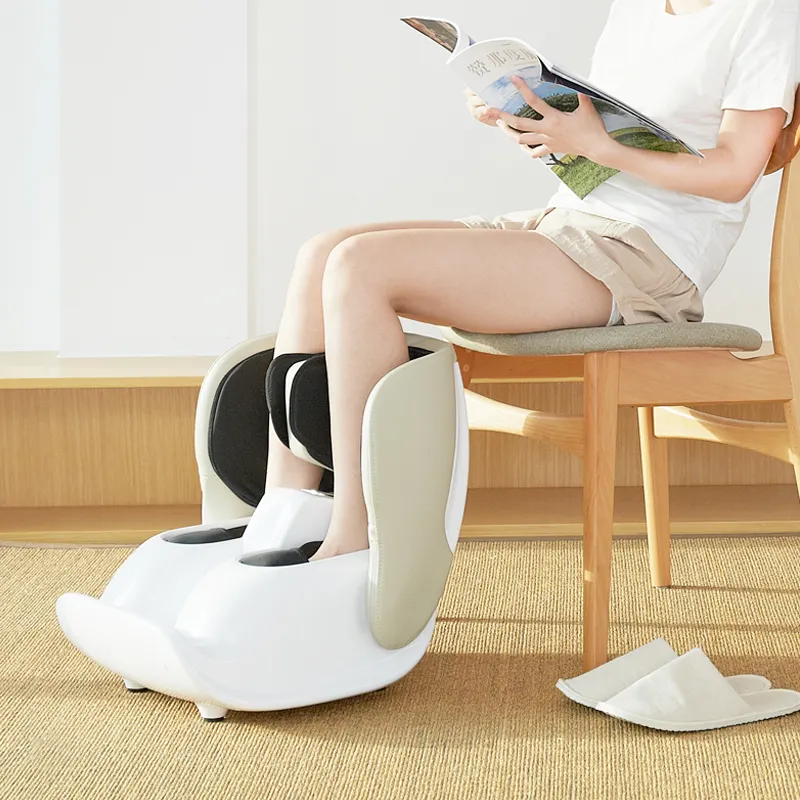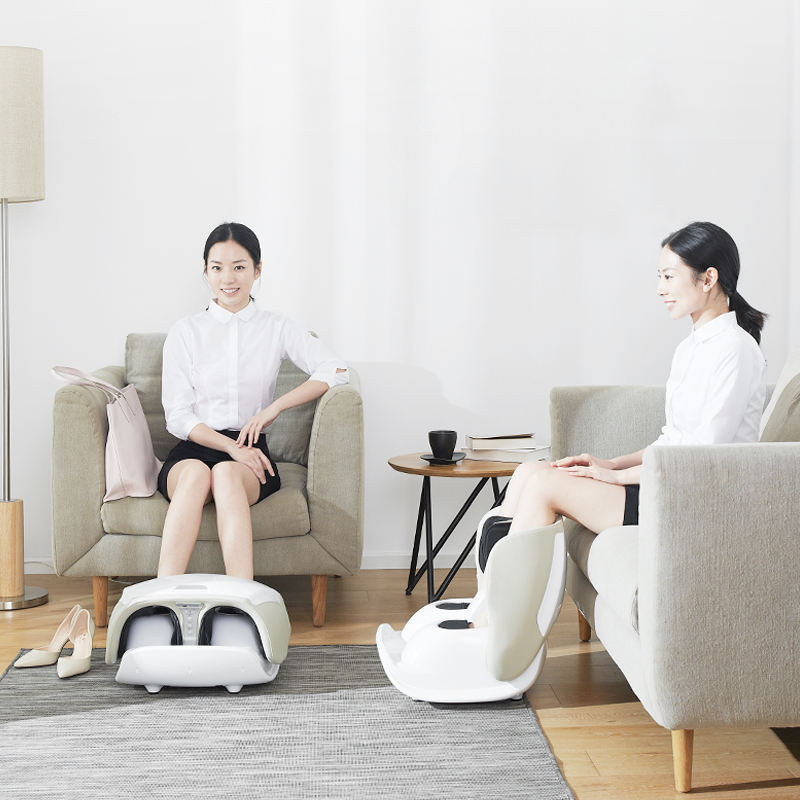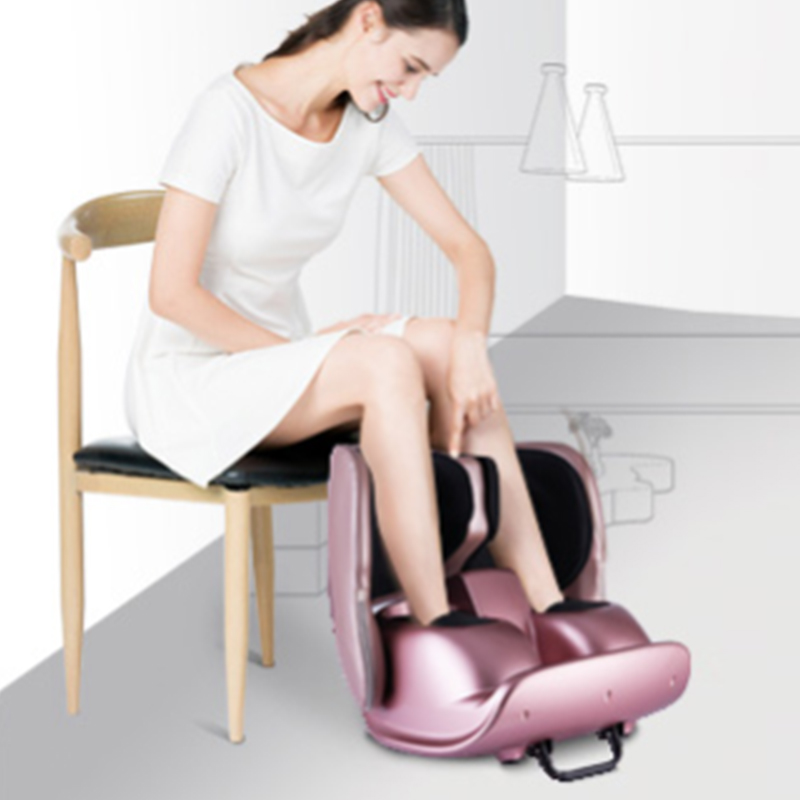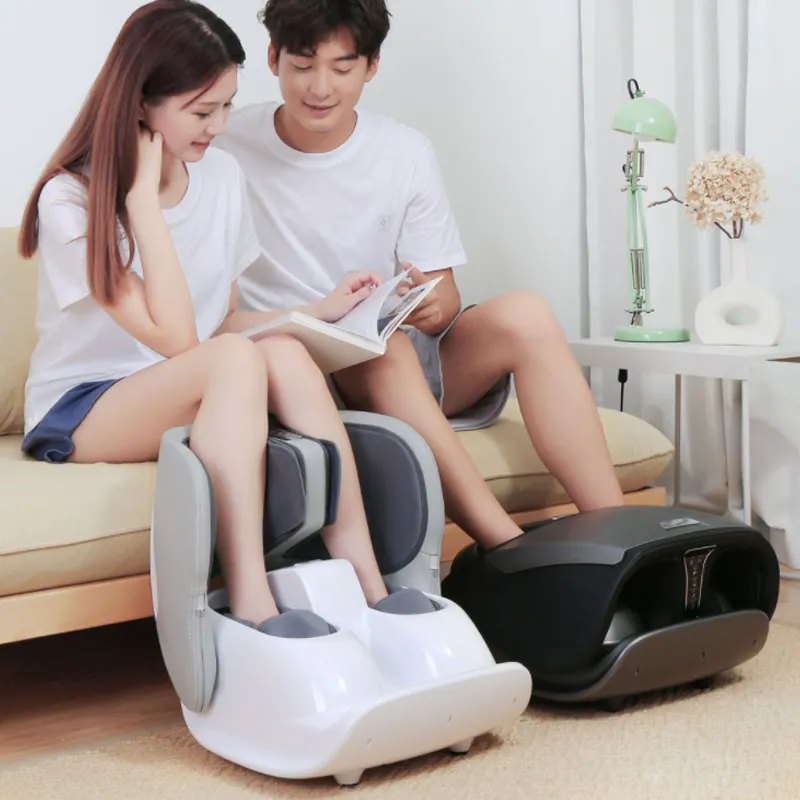AI+ Massagers: How Manufacturers Are Redefining Wellness Through Tech-Driven Innovation
The massage industry is undergoing a silent revolution. No longer confined to static vibration patterns or pre-programmed routines, next-gen AI massage devices are merging biomechanics, data science, and emotional intelligence to deliver experiences that feel less like gadgets and more like personal therapists. For manufacturers, this shift isn’t about adding Bluetooth or apps—it’s about building context-aware wellness companions. Let’s explore the untapped opportunities.
1. From Presets to Predictive Algorithms: The Rise of Self-Learning Massagers
Traditional massagers operate on a one-size-fits-all logic, but AI introduces real-time adaptability. Imagine a neck massager that uses micro-motion sensors to map muscle stiffness zones, then adjusts pressure points mid-session. Startups like Therabody already deploy AI to analyze user feedback (e.g., “too intense” or “not deep enough”) and refine routines autonomously. For manufacturers, embedding lightweight machine learning models into devices can turn every session into a tailored treatment.
SEO Tip: Target long-tail keywords like “AI adaptive massage intensity” or “self-learning massage devices.”
2. Beyond Physical Relief: Emotional Biomarkers and Mood-Driven Sessions
Why limit massagers to addressing sore muscles? With biometric integration (via wearable sync or built-in cameras), devices could detect stress cues—elevated heart rate, facial tension—and initiate calming protocols. For example, a foot massager might combine heat therapy with gentle kneading when it senses anxiety signals. Brands like HoMedics now experiment with mood-based programs, but the next frontier is devices that anticipate emotional needs using predictive analytics.
Unique Angle: Highlight “emotion-aware wellness tech” as an emerging niche.
3. The Invisible Interface: Voice, Gestures, and Zero-Friction Control
Touchscreens disrupt relaxation. Forward-thinking manufacturers are adopting contactless UX—think voice commands (“Focus on lower back”) or hand gestures to adjust settings. Japan’s Fujiiryoki piloted a massage chair that uses AI vision to detect user posture and auto-optimize seat positioning. By minimizing manual inputs, brands reduce cognitive load, making sessions more immersive.
Case Study: Mention how Casada’s AI massage guns use voice recognition to switch modes hands-free.
4. Sustainability Through Precision: Reducing Waste with AI Efficiency
Over-engineering is costly—both financially and environmentally. AI helps manufacturers cut resource waste by optimizing motor usage. For instance, a smart back massager could extend its lifespan by learning usage patterns and avoiding unnecessary torque. Brands like Renpho now highlight energy-saving AI modes in marketing, appealing to eco-conscious buyers.
Keyword Opportunity: “Sustainable AI massage tech” or “energy-efficient massagers.”
5. Building Community-Driven Ecosystems: Shared Data for Better Outcomes
What if anonymized user data could help others? Open-source AI platforms (e.g., TensorFlow Lite) let manufacturers create shared learning networks. A user in Tokyo with chronic shoulder pain could unknowingly improve algorithms for someone in Toronto. Companies like Lifepro leverage aggregated data to identify regional wellness trends—like increased lower-back tension among remote workers—and develop targeted programs.
Avoided Cliché: Skip generic “IoT connectivity” mentions; focus on collaborative health insights.
Final Thoughts: The Human Touch in a Digital Age
The goal isn’t to replace human therapists but to augment accessibility. AI massagers that learn, empathize, and evolve will dominate the $15B wellness tech market. For manufacturers, success lies in balancing cutting-edge innovation with emotional resonance—because even the smartest device fails if it feels coldly transactional.
CTA: Ready to future-proof your massage tech? Explore our AI integration toolkit.





